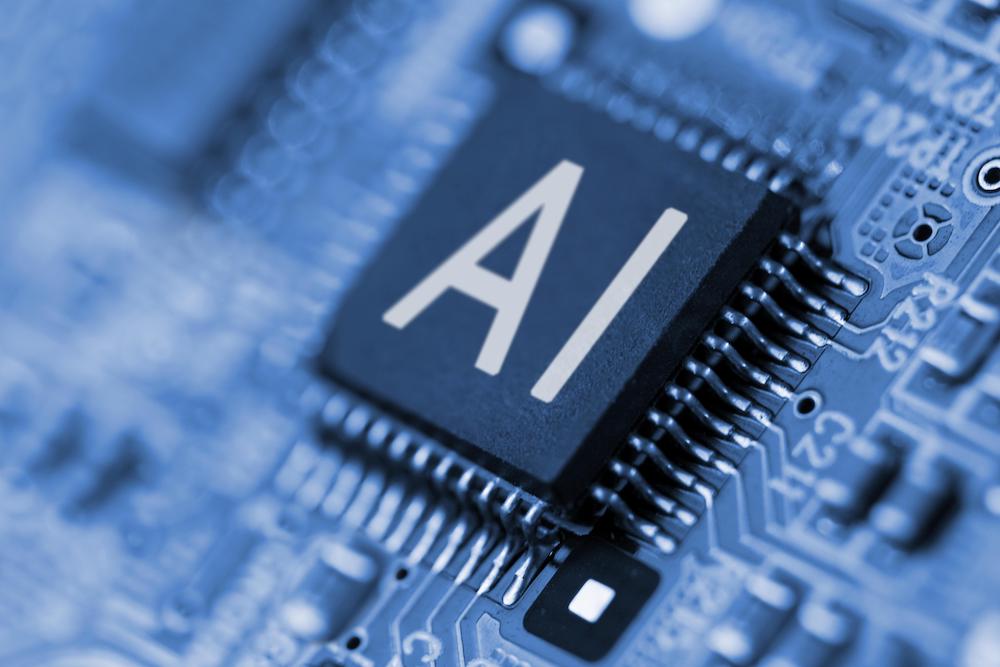

Analyst house Gartner has unveiled its leading technology predictions for 2024 and the years beyond.
The latest forecast from Gartner has focused heavily on generative AI, which it says permeates the IT trends for the Gartner IT Symposium/Xpo 2023, which is being held 6-9 November in Barcelona, Spain.
It comes after Gartner predicted last week that IT spending in 2024 will rise 8 percent, but spending on generative AI (GenAI) will not feature until it is included in IT budgets in 2025.
Despite that, Gartner has detailed its top predictions about how GenAI has changed executive leaders’ way of thinking on every subject.
“GenAI presents an opportunity to accomplish things never before possible in the scope of human existence,” said Daryl Plummer, Distinguished VP Analyst at Gartner. “CIOs and executive leaders will embrace the risks of using GenAI so they can reap the unprecedented benefits.
“This is the first full year with GenAI at the heart of every strategic decision, and every other technology-driven innovation has been pushed out of the spotlight,” said Plummer. “GenAI has broken the mold and has kept building more excitement.”
One of Gartner’s first predictions is that by 2027, the productivity value of AI will be recognised as a primary economic indicator of national power.
The analyst group noted that national governments have a strong commitment to AI and are prioritising strategies and plans that recognise AI as a key technology in both private and public sectors. Incorporating AI into long-term national planning is being reinforced through the implementation of corresponding acts and regulations to bolster AI initiatives, Gartner believes.
“Implementation at a national level will solidify AI as a catalyst for enhancing productivity to boost the digital economy,” said Plummer. “Successful implementation of large-scale AI initiatives necessitates the support and collaboration of diverse stakeholders, showcasing the mobilisation and convening ability of national resources.”
The second prediction is that by 2027, GenAI tools will be used to explain legacy business applications and create appropriate replacements, reducing modernisation costs by 70 percent.
“The maturity of large language models (LLMs) offers an opportunity for CIOs to find credible and long-awaited mechanism for modernising legacy business applications in a cost-effective manner,” said Plummer. “CIOs can create dedicated testing units to test the output generated by GenAI LLMs, while establishing change management and upskilling processes to enable the workforce to maximise productivity throughout the modernisation cycle.”
The third prediction is that by 2028, enterprise spend on battling malinformation will surpass $30 billion, cannibalising 10 percent of marketing and cybersecurity budgets to combat a multifront threat.
“The rapid rise of GenAI has put fire under the feet of regulators about including malinformation as one of the risks associated with the increasing power and availability of GenAI to bad actors,” said Plummer. “Companies who maintain a close watch on bad actors, regulators and providers of tools and technology that help combat malinformation are likely to gain significant advantage over competitors.”
Gartner also predicts that by 2027, 45 percent of chief information security officers (CISOs) will expand their remit beyond cybersecurity, due to increasing regulatory pressure and attack surface expansion.
And the analyst group feels that by 2028, the rate of unionisation among knowledge workers will increase by 1,000 percent, motivated by the adoption of GenAI.
Executives are quick to call out AI as a cause of positions being eliminated, noted Gartner. Therefore, it is important for executive leaders to communicate clearly with their employees their intent for internal AI deployments, it advised.
This will avoid the unintended consequences of AI anxiety building among staff. Organisations that adopt GenAI and fail to clearly address AI anxiety amongst their knowledge workers will experience 20 percent higher rates of turnover, Gartner warned.
“Organisations should focus their AI efforts on worker augmentation to improve productivity and quality of work, rather than role automation,” said Plummer. “Stay grounded in what the technology can and cannot deliver, because there remains a substantial amount of hype influencing board expectations.”
Fears about the jobs market were not helped after Gartner also predicted that by 2028, there will be more smart robots than frontline workers in manufacturing, retail and logistics due to labour shortages.
Gartner said most manufacturing, retail and logistics companies cannot find or retain enough people to support their day-to-day operations. This will cause supply chain organisations to struggle to find enough front-line workers over the next decade. Robots will help fill this gap, the group said.
“Robotic technology is advancing rapidly, making robots viable for a growing number of front-line jobs from the factory floor to the warehouse to the retail store and beyond,” said Plummer.
Russian court finds Google liable for YouTube video allegedly disclosing personal data on Russian casualties…
Latest CATL sodium-ion batteries have energy density and range closer to lithium-ion units using cheap…
Amazon's AWS cloud unit pauses some leasing talks around new data centres, analysts say, in…
US trade regulator says Uber signed users up for Uber One plan without their knowledge,…
Appeals court ruling reopens case that had been dismissed, finding Shopify must face trial under…
US Justice Department lawyers argue Google must face wide-ranging remedies including selling off Chrome, with…